Email marketing consistently delivers impressive ROI to businesses big and small. In fact, it outperforms every single other marketing channel out there. The key to solving the email marketing puzzle? Building an email list that consists of recipients who are genuinely interested in your offering.
If this seems like a lot of work, fear not. We’ve compiled this five point guide that’ll make building an effective email list a walk in the park.
1. Choose reliable email marketing software
You might think that using a Gmail address to send marketing emails is the way to go — after all, it’s free! We get that every cent counts, but in the case of email marketing, Gmail isn’t going to cut it. After all, you need to do a lot more than just send emails. Investing in the right tool that helps you to do this is the first step to building a healthy email recipient database and sending email marketing content.
First off, choose a service that offers list building strategies. Even if the variety of options out there seems daunting, doing a bit of research to find the tool that suits your business needs and resources is the key to implementing an email marketing strategy that garners impressive ROI.
Moosend is an affordable platform that’s consistently earned a spot in many “Best email marketing platform” lists. It boasts features like various signup forms, advanced segmentation, a handy landing page builder, easy-to-grasp automation, and more.
2. Offer sign-up incentives
No matter what you’re selling or how awesome it is, your target audience will usually want something in exchange for signing up.
There are an infinite number of incentives you can use to woo people with. Picking the right one depends entirely on your audience. You might offer early access to product launches or limited offers, invites to special events, or discounts on their favourite products. What matters is that you choose a business offer that resonates with your audience and drives customer engagement.
3. Clean up your email lists
The end goal of email marketing is to establish a strong relationship with your email recipients, and this all begins with a carefully curated email list. First off, take POPIA into account, and only contact people who have opted in to receiving communication from you. If they’ve opted in, it’s a fair bet that they already have an interest in your brand. This is crucial for small businesses because that’s exactly the audience that generates high engagement and conversions.
Here are some effective practices to apply for compiling a healthy email list:
- Go for a double opt-in subscription process; that way, users are well aware that they are giving their consent to you sending them email marketing material.
- Every now and then (twice a year is optimal), clean up your email list, removing inactive accounts. Check if the email addresses contained in your list are valid with an email checker, and fix the ones with typos.
- It might be a hard pill to swallow, but it’s inevitable that some recipients will unsubscribe from your emails. To make the process easy and quick (which plays a massive role in creating a positive experience), include an easily-visible unsubscribe link in every email you send.
- Lastly: do not buy email lists. Not only is this practice on the wrong side of compliance laws, it’s also a surefire way to put people off your brand, permanently.
Healthy email lists include quality contacts, with fewer bounces and spam complaints. Skip this step and you’ll damage your sender’s reputation and deliverability.
New month = New goals 💪
— Yoco (@Yoco_ZA) August 1, 2022
What is one thing you want to achieve for your business in August? #CheckIn
4. Leverage social media to increase sign-ups
Social media platforms can be an incredibly effective way to grow your email marketing lists. You can use the following tactics to turn your social followers into into email subscribers, and ultimately, loyal customers:
- Add social sharing buttons to your landing page, newsletters, and blog posts to encourage email subscribers to share your marketing content.
- Join social media groups relevant to your audience and offering. You can then post links to your website or landing page, giving visitors the option to sign up.
- Facebook or Instagram allow you to run giveaway contests. Consumers love them and your brand will adore the traffic and increase in sign-ups they bring. Win-win!
Twitter’s lead generation cards are ideal for turning engaged followers into email recipients. Just create a tweet using a card and include a subscription link so they can easily subscribe there and then.
5. Never underestimate the offline approach
Good old-fashioned offline marketing is also a powerful way to build email lists that convert. There are several customer touchpoints to use when taking your list-building efforts offline.
Convert customer traffic in your brick-and-mortar store to email recipients through sign-up forms at point of sales. (Incentives are essential here too!) Consider offering gift cards or discounts on their next purchase in exchange for their subscription, or access to exclusive deals and updates on product releases.
Another option is to attend local events. Have a simple registration form at your booth or stand where you can ask attendees in-person if they’d like to enter their names and email addresses (and access the incentives mentioned above).
Remember that the same link-building laws apply to offline tactics too. Ask for the bare minimum data and follow legal requirements to make sign-ups easy, transparent, and lawful.



